Why I Won’t Be Buying a MKV Supra
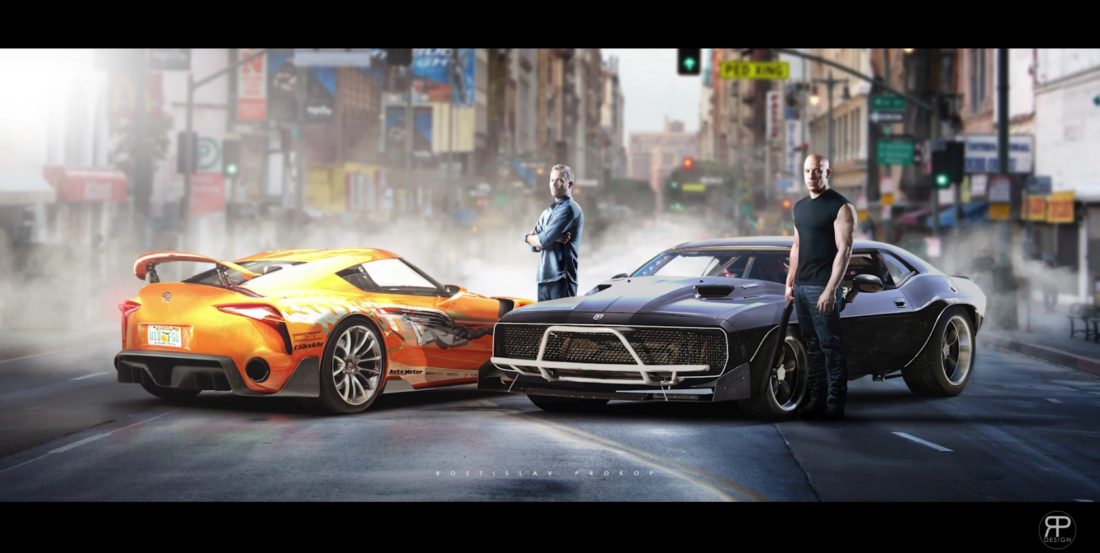
Why The New MKV Supra is Not For Me
Another question I often get is “what do I think of the new Supra?” In short, it’s a giant disappointment to some and I’m about to tell you why in my MKV review.
While I’d like to have given a more in-depth MKV review, doing so would not be possible without driving it. Since I haven’t had that opportunity yet, I’ll reserve my review of driving dynamics until I’ve had the chance to do so.
In the interim, this MKV review focuses on expectations vs. what we’ve seen so far.
Since the MKIV was released, 25 years have passed. So many of its brethren have been reborn or have evolved during this period. The Acura NSX made a comeback a few years ago and while it was a bit less than what people expected, recent updates have made it a worthy successor the legendary NSX of days gone by.
The Nissan GT-R has been the car that most people think of as the Supra’s arch rival. In 2008, the GT-R shocked the world with blistering Nurburgring lap times and a sub three second 0-60 time. Since then, it continues to get better, with the latest version pushing nearly 600hp. I bought my own GT-R in 2015 and I have loved every minute of it.
Toyota should have studied the successes – and the failures – of sports cars in the Supra’s class. A good case in point is the Mazda RX8. Another eagerly anticipated car, fans were disappointed when it was finally released. What we got was a three door (WTF?) runabout with another torque-less rotary motor making 232 hp in top trim. In a class where anything less than 450 hp is a joke, you have to wonder who’s doing the marketing and product development at Mazda. Of course, die hard rotary fans will praise the car for no other reason than it is “true to its heritage.” That’s true if you remember that the history of rotary motors includes unreliability, blown apex seals, a short motor life span, and difficulty making big power. My RX7 fanboy friends mostly hated the car, and those who did buy an RX8 were blindly following the badge, just like some people blindly follow a politician.
Nissan had its own blunder when they teased delighted audiences with the “IDX”, a modern day version of the ever-popular Datsun 510 with a little KenMeri SkylineGT-R mixed in. They dragged the prototype from auto show to auto show and then, unceremoniously, nixed the whole project. It was all a giant cock tease. Instead, we get ugly, econo-boxes with CVT transmissions. Ugh. Soulless cars attract soulless drivers.
So with Toyota coming back to the party after so many others have tried, you’d think they would have learned some valuable lessons. So when I first laid eyes on the Toyota FT1 back in 2011, I was thrilled. It was part Dodge Viper, part super car. Naturally, I assumed Toyota would use the latest badass powerplant from their Lexus brand. This would mean using the same motor in the LC-F for 2018 – a 471hp V8 at the very least. I surmised that Toyota would at least consider that motor, or as 2018 dragged on, perhaps they’d use the new 620hp twin turbo V8 that was in development for the 2019 Lexus LC-F. Alternatively, maybe a V6, twin turbo, with twin electric motors at the rear wheels for a combined output of something approaching 600hp in total.
The MKIV Set The Bar High
The MKIV Supra set the bar high, but in today’s market, anything less than 550hp is an embarrassment in this segment. Knowing this, Toyota’s goals should have been:
0-60 in 2.9 seconds
1/4 mile: 10.5 seconds
Top Speed: 205 mph
Anything less, and they should have abandoned the project – or fired their product development team.
The MKIV Supra gave us the beautiful, wraparound cockpit we all grew to love.It was aimed at the driver and made drivers feel as one with the car.
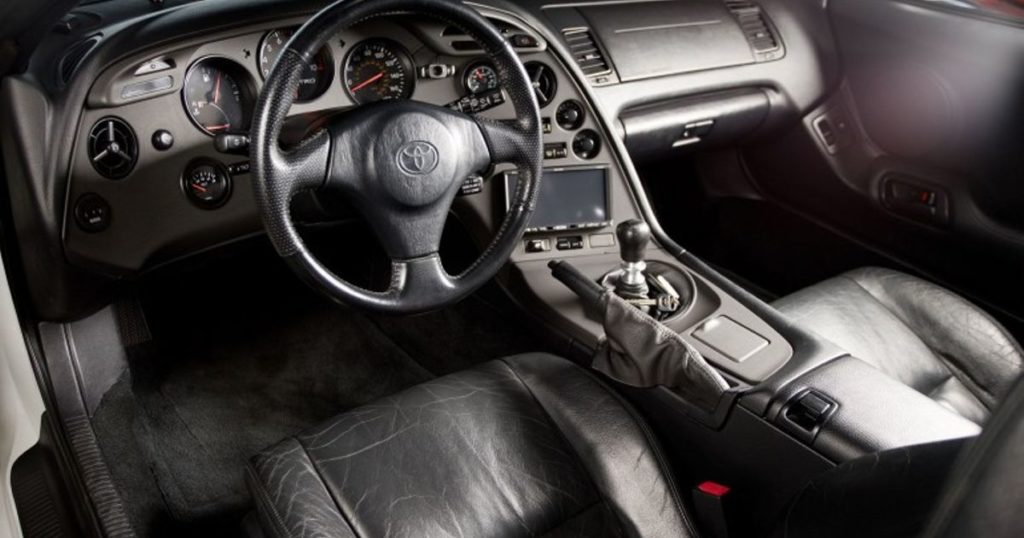
The MKV gave us this hot mess. First off, no wrap-around dash. Second, that infuriating trend that so many car companies are following – installing what looks like an iPad – on top of the dash. This sends me into a rage. Seems like an afterthought or at least, an admission that this thing will need to come out of the car multiple times for repairs. The screen is not even angled toward the driver.

BMW and Lexus both were really good at integrating the screens into a cubby in the dash. They also usually angle them toward the driver. Not only is it ergonomically better, it cuts down on the sun’s glare.
More recently, car companies are mounting them on top of the dash and it’s a horrendous trend. It says to me as a consumer, that the car’s electronics are so unreliable, the dash needs to be easy to take apart because shit will be broken often. Either that, it’s just plain laziness and cost-cutting. With car prices going up every year, manufacturers need to think about giving value, not cutting out important things like the expectation of glare-free navigation screen!
Beyond the obvious, looking at the rest of the MKV interior, it’s instantly clear this is all BMW components, right down to BMW’s stupid, wannabe, fighter plane style, shift knob. It feels like a $40 Saitek joystick and it always has. The digital dash reminds me of early/mid 1980s GM cars who tried this. It seemed futuristic at first, but it was trash. And yes, I know Lambos and other cars are doing this, too, and no, I don’t like those either. Of course, this just my opinion, but sports cars need swinging needles on the dash, at least for the tach and speedo. Anything else is gimmicky.
All of this brings me to my next point: no manual transmission, Toyota? Really? Hey, I understand that a DCT is the way to go today, but you give us an 8 speed automatic?? Oh yeah, that’s what sportscar dreams are made of – NOT! Another disappointment.
THE BIG TEASE
On June 14, 2014, I was at Cars and Coffee in Irvine, California, USA. Off the trailer rolled an FT1 prototype. I nearly wet myself. This thing was a stunner. It was part Dodge Viper, part Ferrari 612, part ZR1 and part Toyota Supra.

From every angle, it was a stunner.
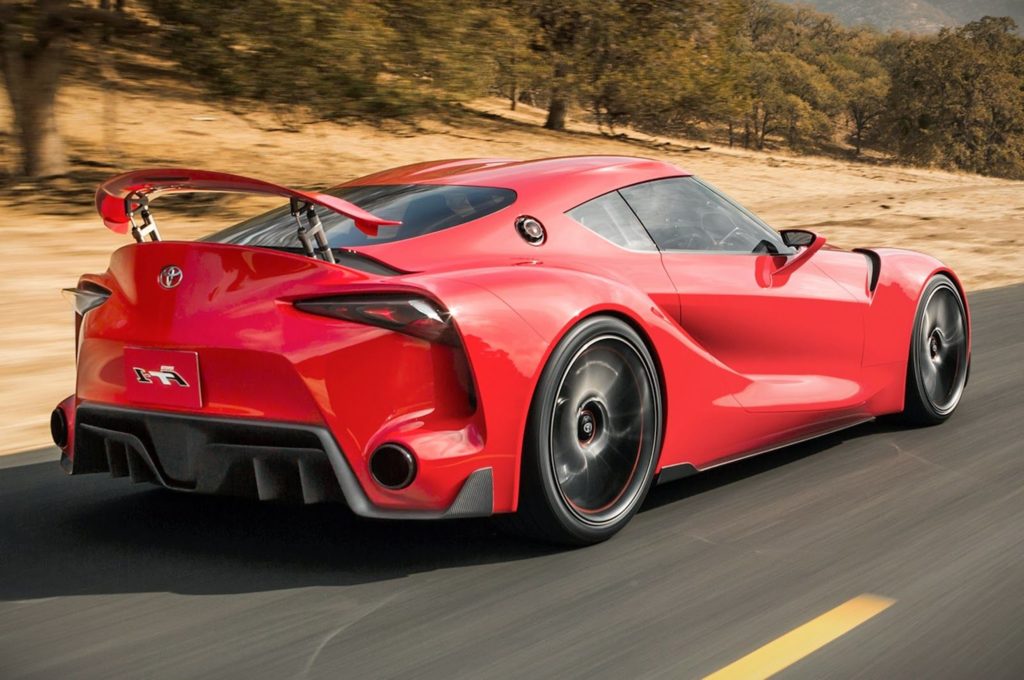

Instead, we got this – this stubby, little, less masculine-looking rendition.
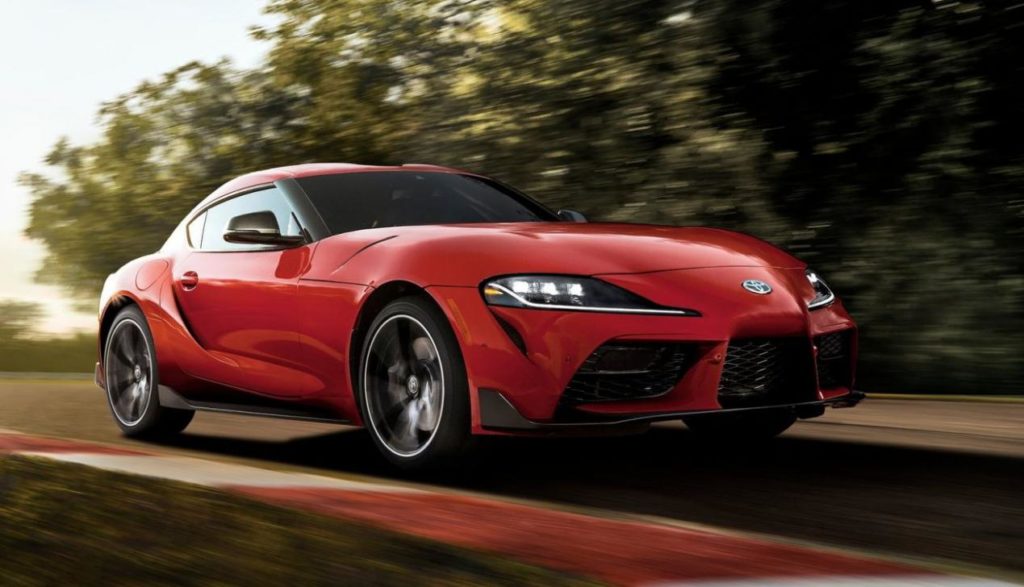
Also a disappointment is the fact that there’s no Targa roof, there’s no rear wing and most of the vents and grilles on the car do nothing. I’d like to say that the aftermarket will come up with body kits that will improve the car, but companies like Varis seem hellbent on adding more vents, gills and grilles, although their Ridox kit for the MKIV was on-point.
Companies like Liberty Walk or Rocket Bunny might be able to do something for the MKV, but I’ll be watching companies like DoLuck to see if they can put lipstick on this pig. We’ll have to wait and see.
ENGINE AND RELIABILITY
For those of you who don’t know, I spent five years working with JD Power. If you don’t know who that is, Google it. It was my job to work with car dealers and manufacturers to assess the reliability of their vehicles and processes. In that time, I was privy to data not made public anywhere. I also personally visited and examined the facilities and records of more than 650 car dealerships. This included Lexus, Dodge, and BMW facilities.
One of my dearest friends is an expert witness for BMW who defends lemon-law cases in the USA.
What I’m going to tell you is based on these experiences – never, EVER, own a BMW outside of the warranty period. Never, EVER expect the dealer to honor a warranty without a huge fight if you’ve modified the car at all.
I’ve owned two BMWs in my life – an E46 M3 and a 2009 750Li. I’ll never buy a BMW again. Don’t bother writing to me about how great your current BMW is, or how great the other 2,3,4 or 5 others you’ve had in the last 30 years have been – I’ve seen the data on hundreds of thousands of cars.
That said, everyone knows BMW has done some weird shit with their engines. The BMW s have the starter motor UNDER the intake manifold. Although Toyota did this with their Tundras, you have to wonder why these companies hate mechanics so much.
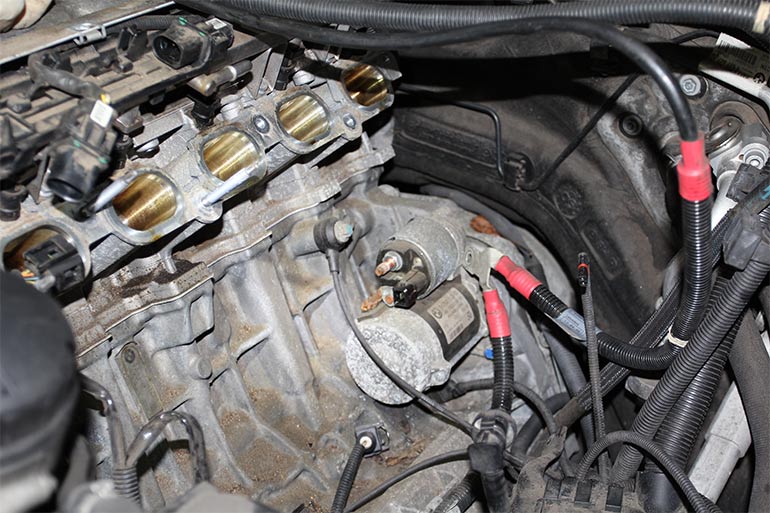
On the B58B30O1 motor (which is the same as found in the M340i), there’s a fun little quirk: the timing chain is at the BACK of the motor, which should make things like camshaft changes and timing tensioner issues fun to deal with. The new engine notably uses a closed-deck block instead of an open-deck design. The move increases rigidity but requires coolant bores rather than the plentiful cooling around the cylinders of an open-deck design. Why did they use a closed deck block? To save money. A closed deck block means this engine can be adapted for diesel by changing the cylinder head.
Other impediments to the modification process will include the new intercooler configuration and placement on this motor vs. previous iterations. Still, based on what I’m seeing online, it should be possible to squeeze 500+hp out of this motor with bolt-ons and braver souls might surpass 600hp before too long. This of course, is far short of the 1000hp we used to see on stock 2JZ motors with bolt-ons, but hey, progress, right? (sarcasm).

Reports are that a 2.0-liter motor will be the base engine and at least one Toyota corporate official has gone on the record to urge people to buy the 2.0 liter version if they’re just going to 2JZ swap it. I found that odd – take a brand new car, complete with emission control devices, etc. and throw away the stock motor in favor a motor that won’t meet emissions in many states. And I’m still wrapping my head around the concept of a freaking 4 cylinder in a MKV Supra. This is progress?
This brings me to my next point. Toyota doesn’t care about your aftermarket parts cravings – they sell cars. What do they care if you can’t buy someone else’s parts to make their car better? They don’t care nor should they. Their sole responsibility is building a car that meets safety, emissions and fuel mileage standards in any given market. That’s it. Nothing else matters.
There’s been an unwritten rule in the auto industry for more than 60 years – every manufacturer needs a halo car to park in their new car showrooms. People come to see the halo car, but then reality sets in and they buy something more practical. Dodge did it well with the Viper and they took it a step further by having every Dodge on the lot share the same grille and front end as the Viper, right down to the Neon.
Today, Mercedes and BMW do this well, as does Porsche. Toyota must’ve considered this. Since the average BMW Z4 owner is 44 years old, I have to assume that Toyota is targeting people in this age range.
In Southern California where I live, I rarely see Z4s on the road. Those that I do see are owned by middle-aged women or 50+ year old men. Perhaps this is a desirable audience for Toyota’s MKv Supra.
Whatever their reasons, they are likely pulling from demographic research on age trends, just as all car companies do. Since this will be a low-production volume car, Toyota was being cautious. If there’s one thing I know about the Japanese from my six years of working for a Japanese company, it’s that they suffer from analysis paralysis. I’m sure there were people on their team who argued for a de-contented LC-F and perhaps others that argued that there was no need for a new Supra.
In the end, something is better than nothing, but I suspect that after a few years of tuners trying to make a go of it, they’ll move on to other platforms. In today’s world, where GT-Rs, Huracans and other proven platforms are being modified to make over 1500hp without much trouble, the new MKV Supra will have an uphill battle.
All that said, I think time will tell whether or not this car will become a success among tuners. So far, the car has been generally well accepted by tuners and the B58 motor is proving to be a potent performer and receptive to modifications – but can anyone love a car solely for its engine, while ignoring the rest of the car?
I can.


